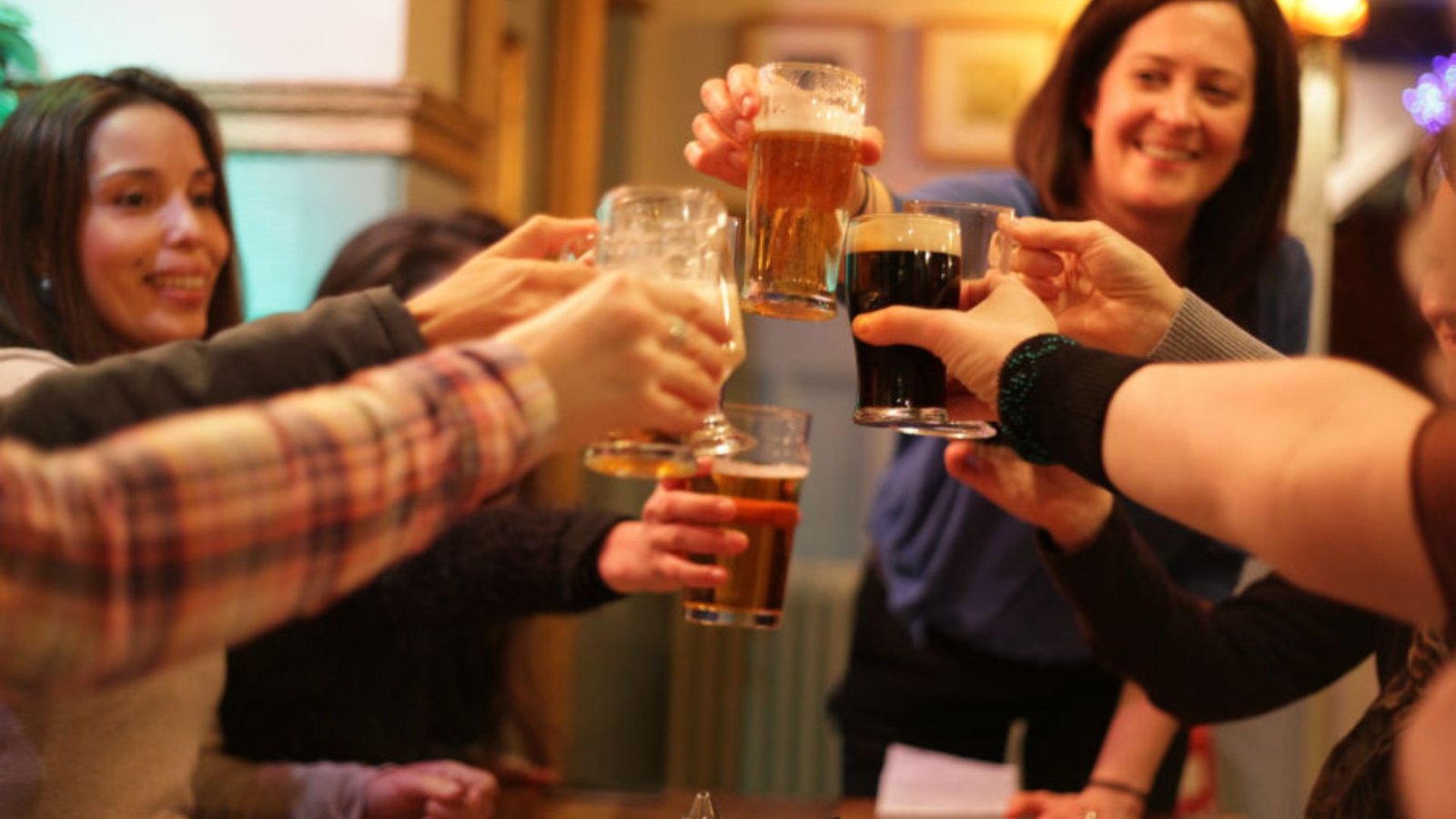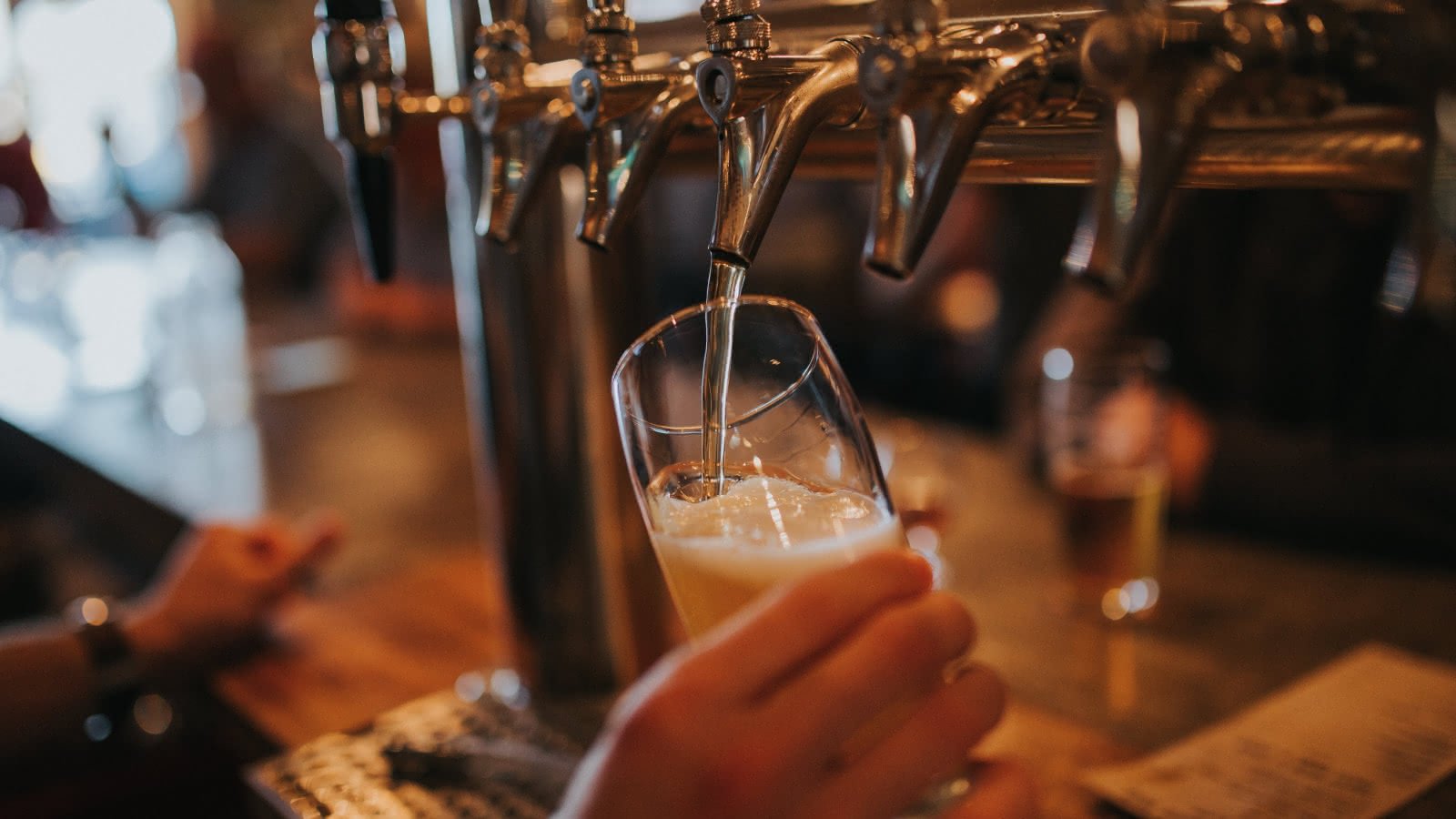London’s pub culture is renowned worldwide for its rich history, vibrant atmosphere, and diverse offerings. From traditional alehouses steeped in centuries-old traditions to modern gastropubs serving innovative cuisine, the city’s pub scene offers something for everyone to enjoy. In this guide, we’ll delve into the unique characteristics of both classic pubs and modern gastropubs, providing insight into London’s dynamic pub culture.

Unveiling the London Pub’s Historical Journey
Throughout the UK, pubs hold a deep-rooted history, tracing back to the Roman occupation of Britain. The Romans introduced the concept of pubs, known then as ‘taberna’, which British publicans adapted to, crafting local ale for these establishments. As time progressed, taverns evolved, serving food, and drinks, and even offering accommodation to travellers.
Particularly in London, with its prominent role in trade and commerce, early pubs and taverns flourished. By the 1500s, England and Wales boasted over 20,000 inns and taverns. Despite shifts in trends towards tea and coffee, the allure of the traditional British pub remained unwavering, drawing visitors with its charm and legacy. Today, the tradition of the London pub continues to captivate visitors, exemplifying the essence of British culture.
Exploring Different Types of Pubs & Their Architectural Styles
Throughout history, pubs were often indistinguishable from residential buildings, serving as the homes of landlords. Today, a diverse array of pub types and architectural styles can be observed, ranging from traditional to modern designs.
Princess Louise
Built during the late Victorian and early Edwardian pub-building boom, the Princess Louise stands as a magnificent example of Victorian interior design, dating back to 1891.
Eastbrook Dagenham
Constructed between the two world wars, Eastbrook Dagenham exemplifies the architectural ideals of “fewer but better.” Its 1937-built structure showcases a free Neo-Classical style, representing the craftsmanship of the era.
Blakes of Hollow
Geographical location often influences pub architecture. Blakes of Hollow, located in Northern Ireland, boasts a classic wooden layout that is meticulously preserved, offering patrons a familiar and timeless ambience.
Gastropubs
Many pubs have evolved into gastropubs, emphasizing higher food quality. Some have even attained Michelin stars, showcasing the fusion of culinary excellence with the traditional pub atmosphere.
A Hub for Entertainment & Socializing
Towards the end of the 18th century, pubs and similar establishments began entertaining such as singing, gaming, and sports—a tradition that continues today. Many British pubs field their own sports teams and host various games like darts, pool, and indoor quoits, fostering a sense of camaraderie among patrons. Just as in the past, modern pubs serve as vital social hubs in British culture, where locals gather to relax and connect with friends.
In pubs, everyone is on equal footing, with strangers often engaging in conversation about topics ranging from sports to politics. The bar area typically serves as a focal point, where customers stand or sit and mingle. During the week, pubs cater to those seeking a quick lunchtime drink or a casual social gathering, while weekends tend to attract a younger crowd looking for a livelier atmosphere.
Exploring the Foods & Drinks of British Pub Life
In British pubs, you’ll find a selection of beverages ranging from lager, ale, perry, wines, and cider, to spirits, all served from a well-stocked bar. For non-drinkers, options include soft drinks like Coke, bottled fruit juices, or fizzy water. Bar snacks such as crisps are commonly offered, even in pubs that don’t serve full meals. However, some pubs do offer lunch and dinner menus, featuring a variety of sandwiches and other dishes. For those seeking quality food along with the pub experience, gastropubs are the ideal choice. These establishments offer elevated cuisine in a relaxed pub setting.
Conclusion + Bonus Step (Interesting Facts & Statistics)
In conclusion, British pubs are not only integral to the nation’s culture but also boast fascinating facts, statistics, and records.
Let’s wrap up with some intriguing facts about British pubs:
- Rhayader, a town in mid-Wales, holds the title for the most pubs per person, boasting 12 pubs for every 2,075 residents.
- Admiral Wells in Peterborough claims the title of England’s lowest pub, situated 9 feet below sea level.
- The Old Forge Pub, one of the world’s most remote pubs, is inaccessible by car. A 29km mountain hike or an 11km sea crossing is required to reach it.
- Bruce Masters holds the world record for the highest number of pubs visited across the UK, with over 45,000 pubs under his belt.
- Approximately 15 million people visit a pub at least once a week in Britain.
Now, go out and explore while appreciating the historic significance of British pub culture and its enduring legacy. After all, no visit to Britain is complete without enjoying a pint in a traditional pub. Cheers to that!



